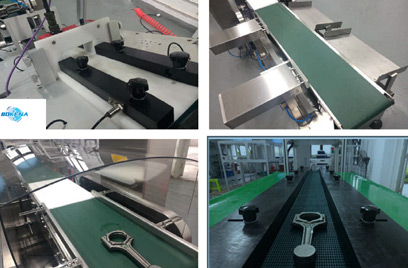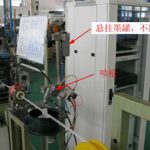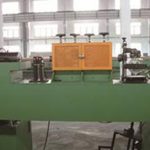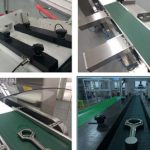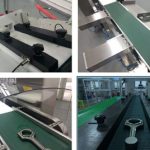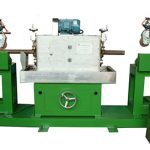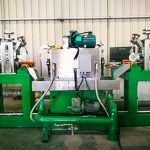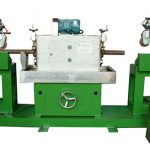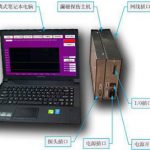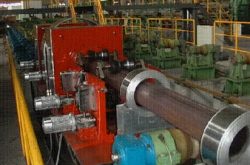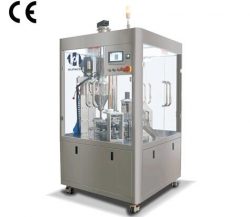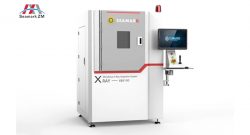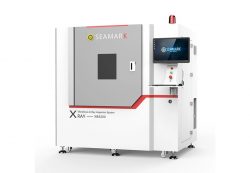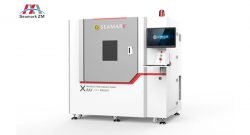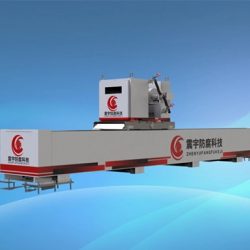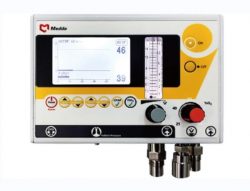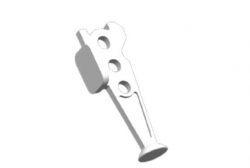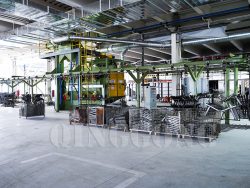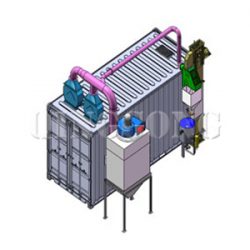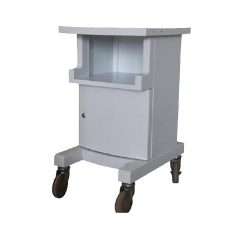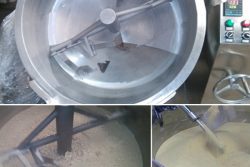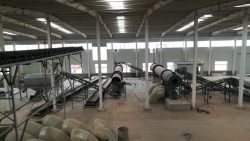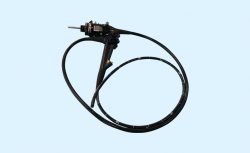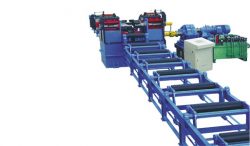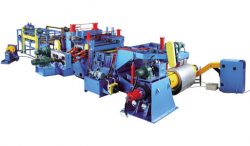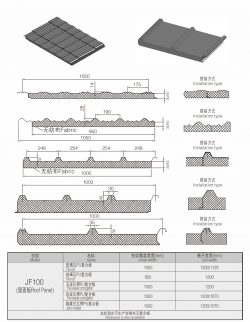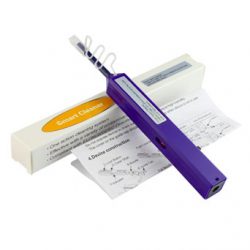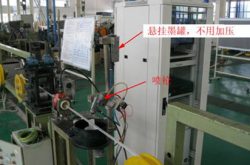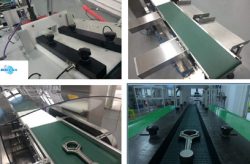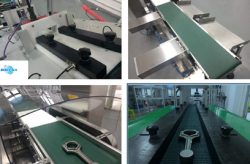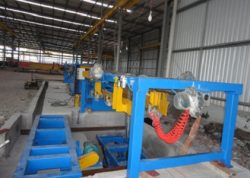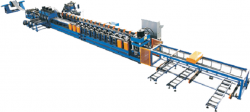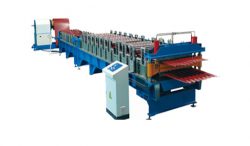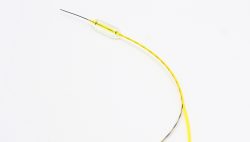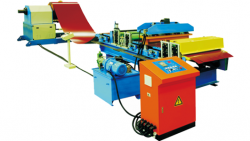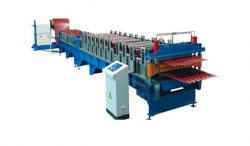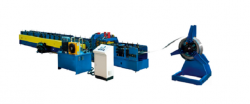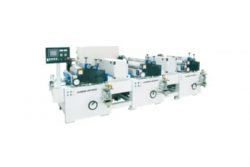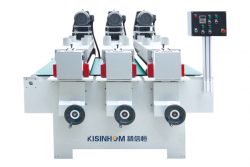Development of Pulsed Eddy Current Inspection
Pulsed eddy current inspection technology is a new non-destructive testing technology for subsurface defect detection. It is a new application field of eddy current testing. It determines the location of defect by the time when the maximum magnetic field appears, so as to realize non-destructive detection and quantitative description of defect.
As early as the 1970s, Libby of the United States put forward the theory and application of pulsed eddy current inspection technology. However, in recent years, this technology has made some substantial progress and success in the University of Iowa in the United States, DERA in the United Kingdom and Cegely Laboratory in France, and has attracted much attention in the research and development of modern non-destructive testing technology. Compared with the traditional single-frequency sinusoidal eddy current, the pulsed eddy current has many advantages.
Traditional eddy current uses sinusoidal current of a single frequency as excitation, while square wave with a certain duty cycle is used as excitation in pulsed eddy current inspection. The traditional pulsed eddy current inspection is used to analyze the steady state of the induced magnetic field, that is, to determine the position of the defect by measuring the amplitude and phase angle of the induced voltage, while the pulse eddy current is used to analyze the transient state of the induced magnetic field in time domain to detect the defect by the time when the maximum value of the induced magnetic field appears directly. In theory, pulsed eddy current can provide more information than single-frequency sinusoidal eddy current, because pulsed eddy current can provide a range of continuous multi-frequency excitation.
In addition, the pulsed eddy current inspection signal responds faster than the multi-frequency eddy current signal because it runs a different current frequency at the same time.
